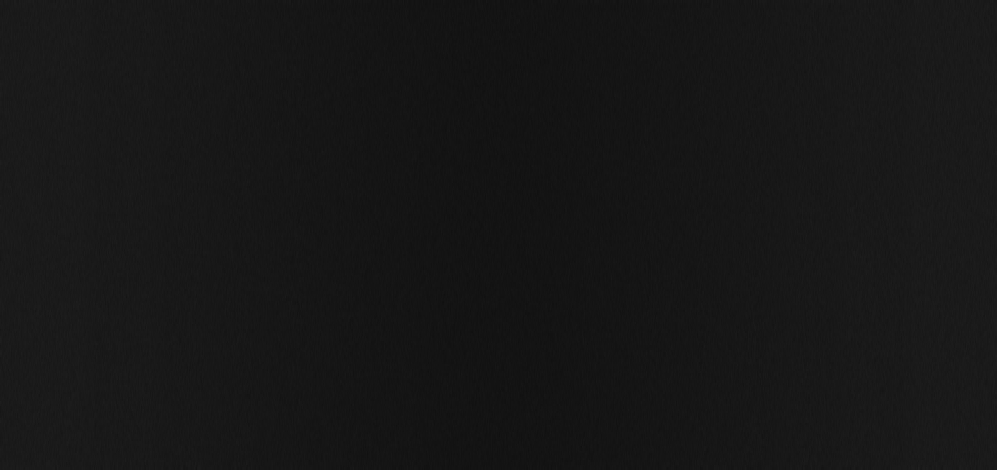



Copyright © All rights reserved. Made By Erik Bryssinck Terms of use | Privacy policy














37P/FORBES
|
Observation date |
image |
Photometry (FOCAS) |
Afρ |
astrometry |
Observatory |
|
X |
|
|
X |
B96 (BRIXIIS) |
|
|
X |
X |
X |
X |
B96 (BRIXIIS) |
|
|
X |
X |
X |
X |
B96 (BRIXIIS) |
|
|
X |
X |
X |
X |
B96 (BRIXIIS) |
|
|
X |
X |
X |
X |
B96 (BRIXIIS) |
|
|
X |
X |
X |
X |
B96 (BRIXIIS) |
|
|
X |
X |
|
X |
B96 (BRIXIIS) |
|
|
X |
X |
|
X |
B96 (BRIXIIS) |
|
|
20180822 |
X |
|
|
X |
B96 (BRIXIIS) |
|
X |
X |
|
X |
B96 (BRIXIIS) |
|
|
X |
|
|
X |
B96 (BRIXIIS) |
|
|
X |
X |
|
X |
B96 (BRIXIIS) |
|
|
X |
X |
|
X |
B96 (BRIXIIS) |
|
|
X |
X |
|
X |
B96 (BRIXIIS) |
|
|
X |
X |
|
X |
B96 (BRIXIIS) |
|
|
X |
X |
|
X |
B96 (BRIXIIS) |
|
|
X |
X |
|
X |
B96 (BRIXIIS) |
|
|
|
|
|
|
|
|


Af(rho) data obtained from filtered images (CARA Approuch) are available,
please send a request to the CARA-
Discovery:
Alexander F. I. Forbes (Rosebank, South Africa) discovered this comet on the evening of 1929 August 1.9 He estimated the magnitude as 11. Forbes informed astronomers at Johannesburg, but no announcement was made until they confirmed the comet on August 3.71. The comet was confirmed by E. L. Johnson and H.E. Wood (Union Observatory, Johannesburg, South Africa) using the 25 cm Frank-
George van Biesbroeck (Yerkes Observatory, Wisconsin, USA) was the final observer when he saw the comet at magnitude 16.5 on November 22.
Recovery apparition 1942:
The comet was recovered at its 1942 apparition. Cripps had provided a prediction that the comet would arrive at perihelion on April 16.90, while N. Makarov (University of Kazan, U.S.S.R.) predicted a perihelion date of April 17.6. Van Biesbroeck recovered this comet on a 20-
[ source: Kronk’s Cometography vol. 3 ]
Last updated: 9 dec. 2020